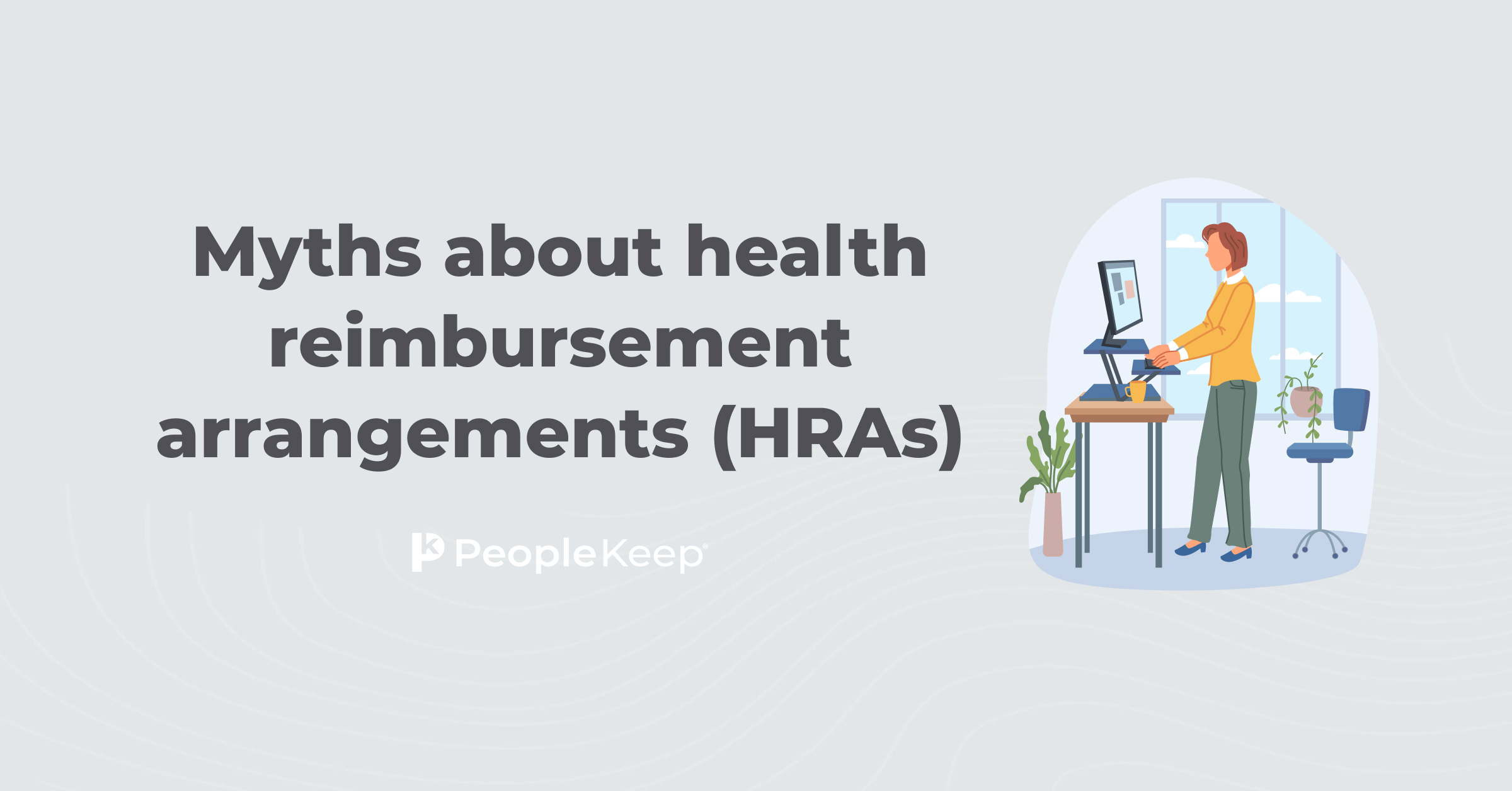Businesses Are Not Required to Offer HRA to All Employees
By JD Cleary on March 22, 2012 at 5:45 AM
A health reimbursement arrangement (HRA) allows an employer to design a health benefits offering that varies by employee and is not required to be provided to all employees at a company.
Federal regulations (45CFR146.121) state the following:
"A plan or issuer may treat participants as two or more distinct groups of similarly situated individuals if the distinction between or among the groups is based on a bona fide employment-based classification consistent with the employer's usual business practices."
HRA Employment-Based Classifications
The type of HRA employment-based classes differ by the type of HRA you offer.
- Qualified small employer HRA (QSEHRA)
- You must offer the HRA to all W-2 full-time employees. You can choose to offer the benefit to part-time employees or not.
- Individual coverage HRA (ICHRA)
- The ICHRA allows you to differ allowances and eligibility with 11 employee classes. See our article to learn more.
- Group coverage HRA (GCHRA)
- An integrated HRA allows you to differ allowances and eligibility with seven employee classes. See our article to learn more.
HRA Employee Classes and Federal Law
To comply with federal regulations, employee classes within an HRA must:
-
Treat all "similarly situated" employees equally
-
Not discriminate against unhealthy individuals
-
Spell out the requirements for classes and benefits in the ERISA plan document
With salary and other types of compensation, employers routinely compensate groups of employees differently. Since health benefits are such an important part of compensation, why not provide benefits that vary by class of employee?
Check out more resources
See these related articles

Health reimbursement arrangement (HRA) eligibility FAQs
Get answers to common questions about HRA eligibility. Learn who qualifies and how health reimbursement arrangements work for employers and employees.

Guide to ACA employer penalties
Stay compliant with the ACA and avoid penalties with this informative guide. Learn how to navigate the intricacies of ESRP under the ACA.

Myths about health reimbursement arrangements (HRAs)
Learn the truth about health reimbursement arrangements (HRAs) with this informative guide. Bust the myths and understand how HRAs can benefit you.


